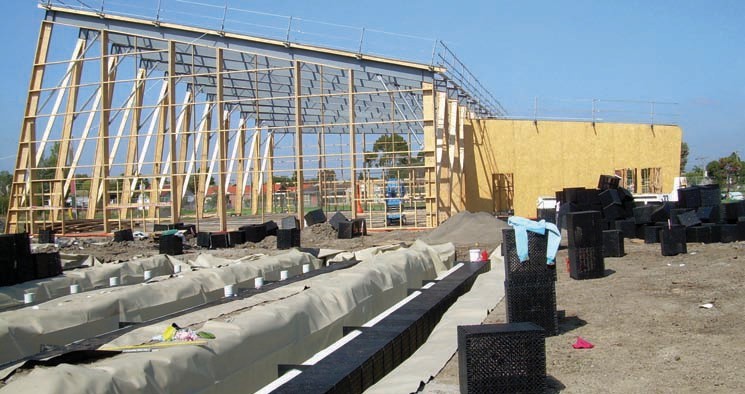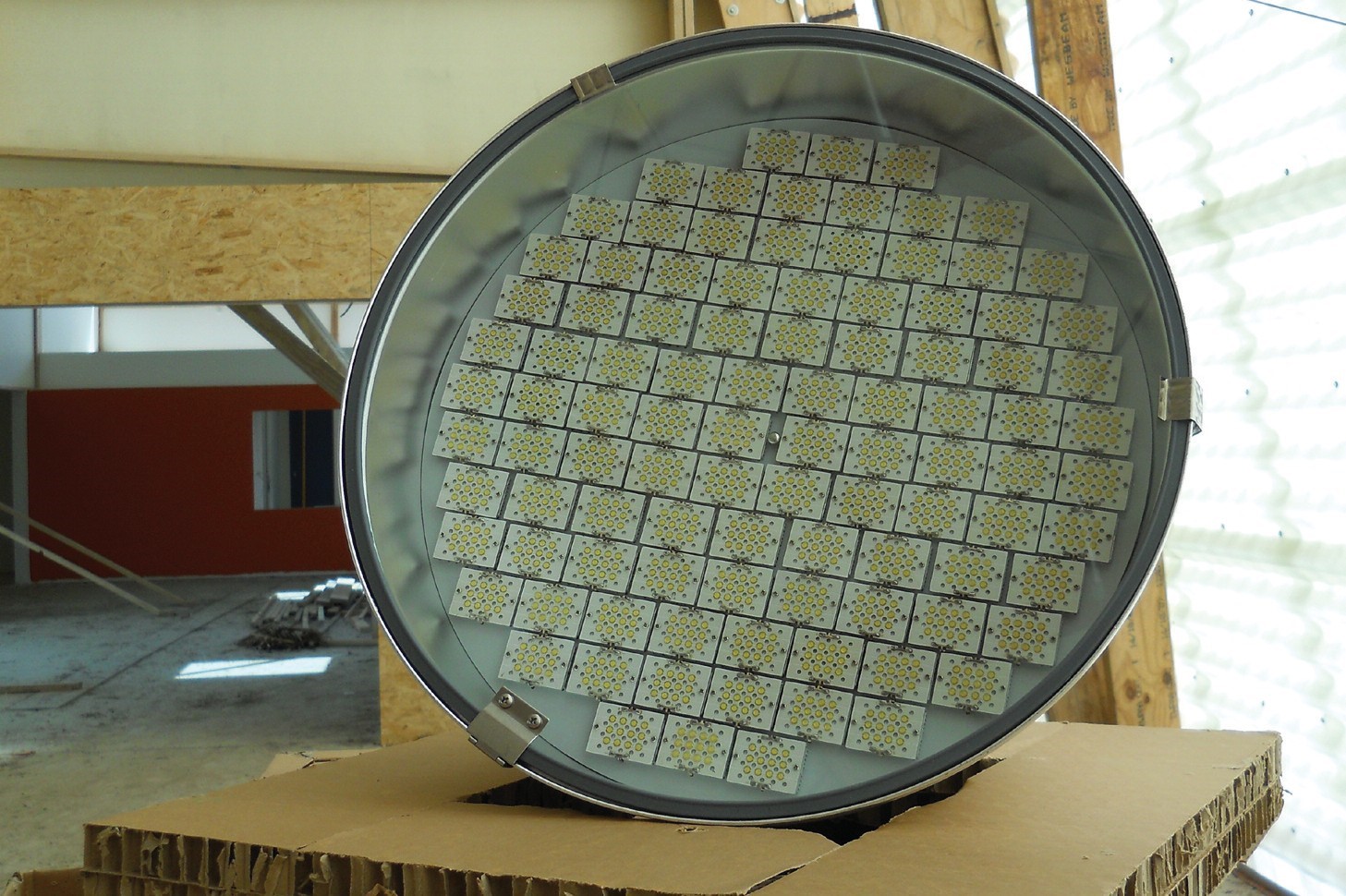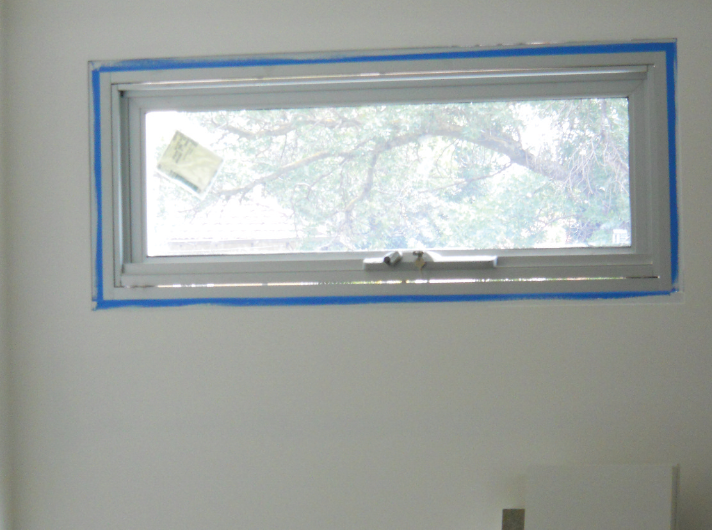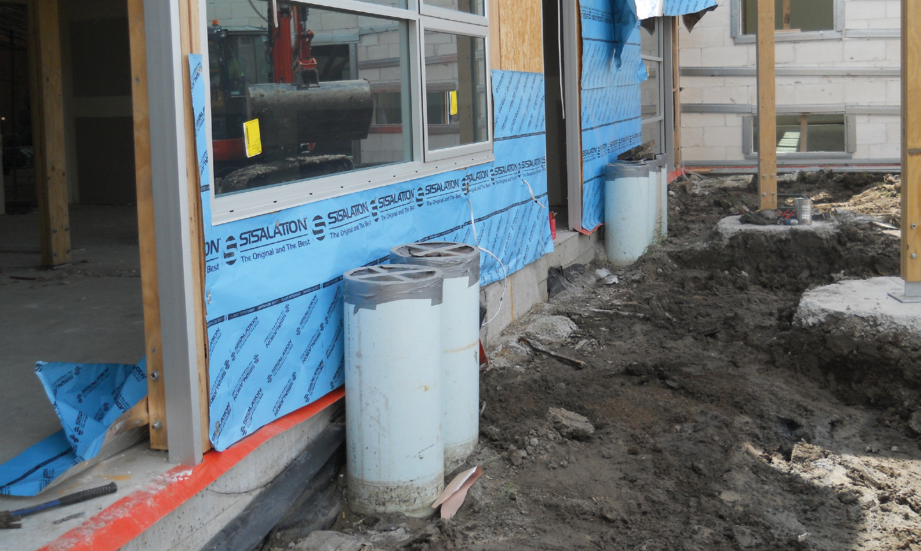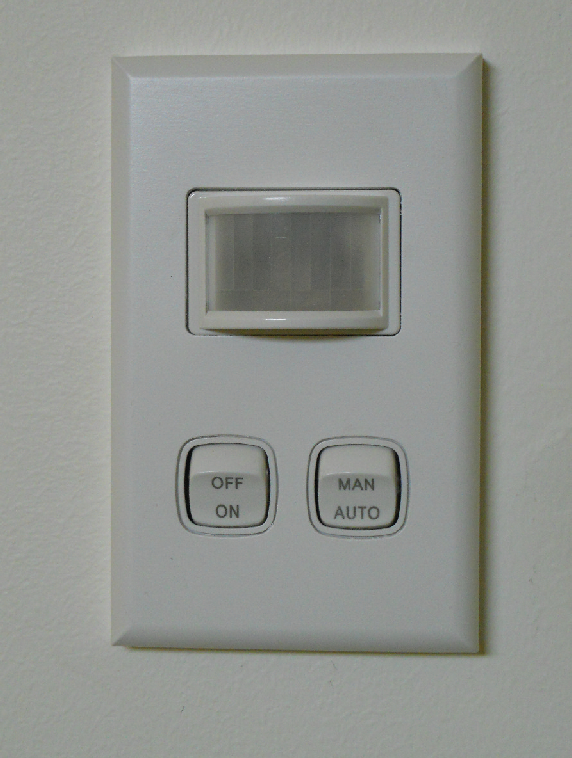Broadmeadows Primary School
In 2011, Roderic Bunn revisited Broadmeadows Primary School in Melbourne to see how construction of the ground-coupled ventilation system was progressing, and how the designers were using innovative low-energy light sources.
This article originally appeared in BSRIA’s Delta T magazine January 2011. It has been posted here by --BSRIA.
Innovation can fall into one of two camps: that which fulfils a client’s craving need, or that which fulfills a designer’s craving desire. Satisfying both is quite rare, especially with ostensibly active green technologies that often create more management and maintenance than clients have been lead to expect.
Innovation in passive engineering, on the other hand, can lead to far more robust fit-and-forget installations.
In June 2010, Delta T reported on the construction of Broadmeadows Primary School in Melbourne, Australia, where the architect (Now Achitecture) aimed to cool the school’s supply air by drawing it through water-encased foundations (‘Pooled Resource’, Delta T June 2010). BSRIA took the opportunity to revisit the site in November 2010 to see how the project was shaping up.
Broadmeadows is notable as it signals a major shift in Australian school design. The passive engineering is far more akin to UK design practice than traditional Australian engineering, which tends to air-condition or mechanically ventilate as a matter of course. Here, ventilation relies on a natural thermosyphon, where supply air, up to 40°C in summer, is drawn through the water-encased ducts and injected into the occupied space. Air rises through internal heat gains and wind-assistance to be exhausted at high level.
A high quality of construction, particularly fabric airtightness, is required to ensure that the thermosyphon operates correctly. Heat gains from lighting and small power need to be strategically located, based on intrinsically efficient equipment, and well controlled. To this end the architect specified the use of light-emitting diode (LED) lamps for the sports hall. With sports hall lighting usually very energy-intensive, LEDs might just be the great get-out-of-gaol card that school designers are seeking.
It will be useful to see if the LEDs deliver comparable light at a much lower wattage.
The images below show the developing aspects of this revealing project. Delta T intends to report on the performance of the school once it is operating.
Above. Fluorescent luminaires in recessed fittings or metal halide lamps in a pendant fitting would usually be appropriate for a high-bay sports hall of the kind provided at Broadmeadows. Instead, the architect opted for a Chinese-made Zhejiang LED Pendant fitting of 120 W (100 x 12 W LED arrays), around half the wattage of a conventional pendant lamp suitable for this context. The gross weight of the fitting, with a glass light deflector, is under 14 kg. The supplier quotes a life of 30,000 h, a luminous flux of 9,600 lm, and a beam angle of 130 degrees.
Above. Good levels of airtightness at junctions of walls to floors and roofs, as well as around penetrations such as windows, will be vital for ensuring that the thermosyphon effect is maintained. The architects are aware that Australian builders are on a steep learning curve — not supported by any requirements for airtightess testing in the Australian building codes — and that very good levels of sealing will be needed.
Above. The intake ducts, taped off and yet to be finished off with cowls, adjacent to the school’s external walls.
Above. Passive design doesn’t mean that user controls should be basic. If anything, the user controls need to be designed with even greater care so the occupants know precisely what button to press to get the desired effect. Automatic lighting controls often alienate building occupants when they turn on and off nonsensically. A lack of manual override can compound the problems. At Broadmeadows, lighting can be switched between automatic and manual control using very intuitive and well-labelled switches.
[edit] Find out more
[edit] Related articles on Designing Buildings Wiki
Featured articles and news
RTPI leader to become new CIOB Chief Executive Officer
Dr Victoria Hills MRTPI, FICE to take over after Caroline Gumble’s departure.
Social and affordable housing, a long term plan for delivery
The “Delivering a Decade of Renewal for Social and Affordable Housing” strategy sets out future path.
A change to adoptive architecture
Effects of global weather warming on architectural detailing, material choice and human interaction.
The proposed publicly owned and backed subsidiary of Homes England, to facilitate new homes.
How big is the problem and what can we do to mitigate the effects?
Overheating guidance and tools for building designers
A number of cool guides to help with the heat.
The UK's Modern Industrial Strategy: A 10 year plan
Previous consultation criticism, current key elements and general support with some persisting reservations.
Building Safety Regulator reforms
New roles, new staff and a new fast track service pave the way for a single construction regulator.
Architectural Technologist CPDs and Communications
CIAT CPD… and how you can do it!
Cooling centres and cool spaces
Managing extreme heat in cities by directing the public to places for heat stress relief and water sources.
Winter gardens: A brief history and warm variations
Extending the season with glass in different forms and terms.
Restoring Great Yarmouth's Winter Gardens
Transforming one of the least sustainable constructions imaginable.
Construction Skills Mission Board launch sector drive
Newly formed government and industry collaboration set strategy for recruiting an additional 100,000 construction workers a year.
New Architects Code comes into effect in September 2025
ARB Architects Code of Conduct and Practice available with ongoing consultation regarding guidance.
Welsh Skills Body (Medr) launches ambitious plan
The new skills body brings together funding and regulation of tertiary education and research for the devolved nation.
Paul Gandy FCIOB announced as next CIOB President
Former Tilbury Douglas CEO takes helm.
UK Infrastructure: A 10 Year Strategy. In brief with reactions
With the National Infrastructure and Service Transformation Authority (NISTA).







